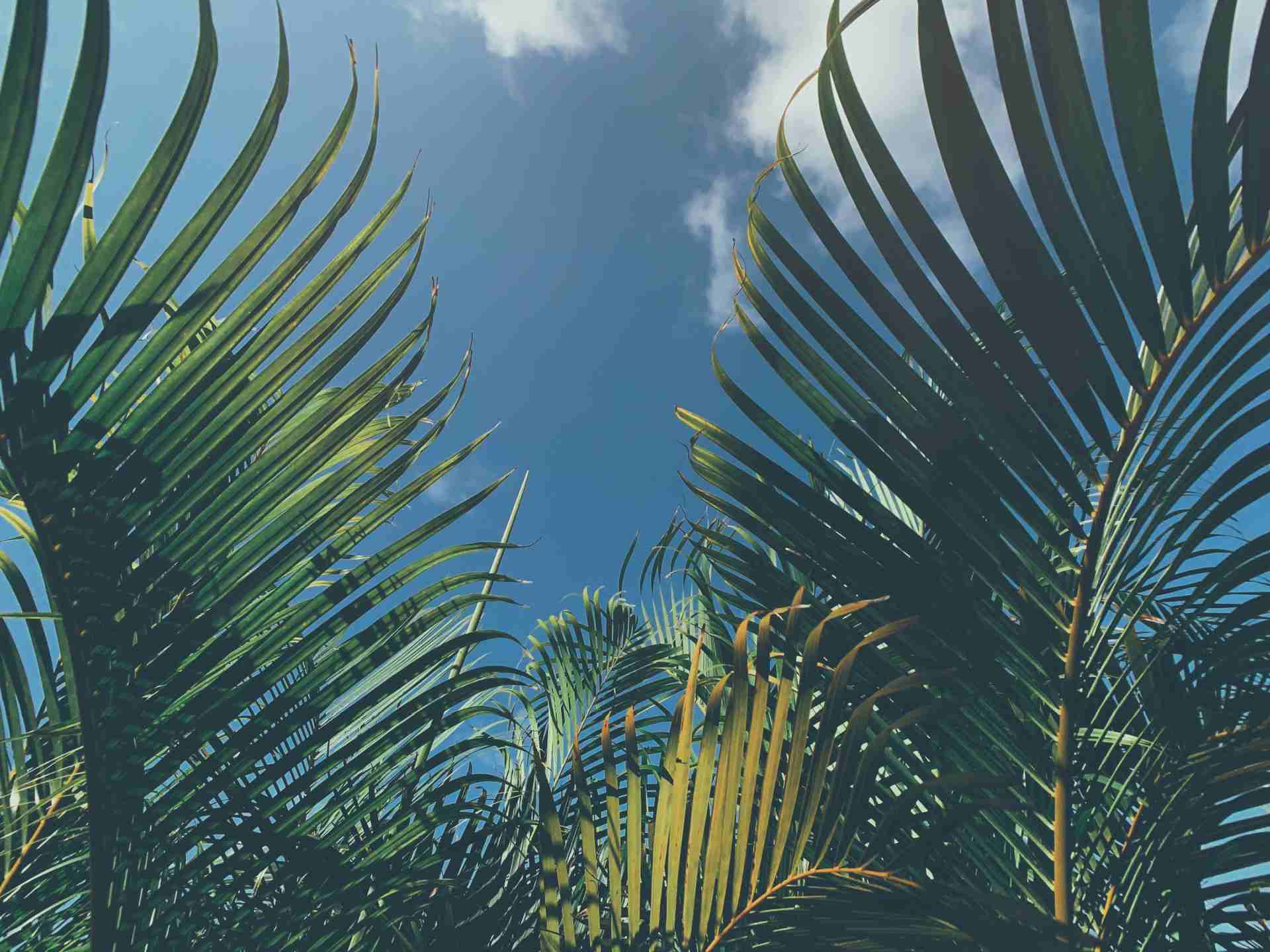Learn More About Psilocybin Mushroom Spores
The entheogen argument is so compelling, so widespread that the world’s supply of natural psychoactive plants cannot keep up with increasing use. In fact, some Native Americans are fighting efforts to decriminalize peyote to preserve the species for its intended sacred medicinal use. In a recent article, Tim Ferriss bluntly stated, “Most natural sources of psychedelics simply cannot withstand ever-increasing global demand. Many plant and animal species are already endangered or near extinction.” According to Ferriss, if we don’t stop foraging for entheogens, we’ll eliminate multiple species in three to five years.
How to preserve entheogens for future generations
Fortunately, we can make ethical choices and reverse ecological damage by shifting away from some plant-based natural entheogens, promoting sustainable cultivation, and refocusing on synthetic extracts like synthetic 5-MeO-DMT, MDMA, LSD, and ketamine. Here are some ways how:
1. Attend sustainable psychedelic retreats.
Ayahuasca from the vine of Banisteriopsis caapi and the shrub Psychotria viridis is among the top unsustainable plant medicines today. That’s why several retreat centers, like The Temple of Way of Light in the Amazon, focus on reforestation and responsible cultivation. Avatar Centre in Peru and Spirit Vine in Brazil also promote sustainable sourcing.
2. Find alternatives to peyote.
This small cactus, containing mescaline and other psychoactive alkaloids is nearly extinct and can take decades to re-grow. To preserve the sacred species, consider an alternative like San Pedro cactus, which grows faster, or synthetic mescaline instead.
3. Avoid iboga/ibogaine unless you really need it.
Iboga has gained popularity as an effective treatment for addiction to opioids, heroin, methamphetamine, and cocaine. But this natural shrub is struggling to reproduce at a fast enough rate. So unless you need ibogaine to withdraw from opioids, consider a similar extract from the Voacanga Africana tree. If you have no idea how to find a Voacanga Africana tree, substitute for an entirely different (and abundant) plant medicine.
4. Try synthetic 5-MeO-DMT.
5-MeO-DMT is a psychedelic extract found in various plant species and at least one known animal: the Sonoran Desert toad. In recent years, people like Mike Tyson have single-handedly driven global demand for this species by crediting the extract with transforming his life and reigniting his love for boxing. Fortunately, the endangered toad isn’t the only source. You can work with synthetic 5-MeO-DMT, which is affordable and renewable.
5. Avoid kambo or consider alternatives.
Kambo, while not a traditional psychedelic, is commonly used to induce purgative, psycho-spiritual, and therapeutic experiences. Kambo is derived from the venomous secretion of the Giant Leaf or Monkey frog. And, whether the frog secretes the venom only if one has good intentions, or, it only when stressed––is up for discussion. Regardless of who you speak to, the way that the frog must be positioned to extract the medicine does not appear to be pleasant. Along with that, when thinking about the scalability of this medicine, catching and releasing frogs, who are already super susceptible to environmental change is definitely not sustainable. If you’re considering kambo to treat issues like pain managment, improving your immune system, or to relieve depression or addiction, consider some of the options we’ve discussed that are just as effective and leave you with a clean conscience at the end of the day.

